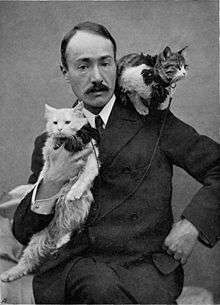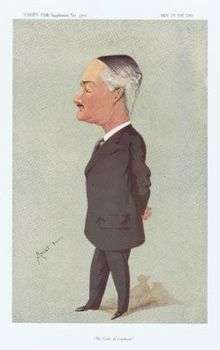Arnold Henry Savage Landor


Arnold Henry Savage Landor (1865 – 26 December 1924) was an English painter, explorer, writer, and anthropologist. Landor wrote in a dry, witty style.
He was born to Charles Savage Landor in Florence, Italy, where he spent his childhood. The writer Walter Savage Landor was his grandfather. [1]
He left for Paris at fifteen to study at the Académie Julian directed by Gustave Boulanger and Jules Lefebvre. He then travelled the world, including America, Japan and Korea, painting many landscapes and portraits and on his return to England was invited to Balmoral by Queen Victoria to recount his adventures and show his drawings. He later travelled to Nepal and Tibet, telling of his experiences in two books: In the Forbidden Land (1898) and Tibet and Nepal (1905).
When he heard about the Boxer Rebellion in China he went to Peking (now Beijing) to join the victory parade, afterwards writing China and the Allies (1901). In 1901 he travelled from Russia to India, riding on horseback through Persia, publishing the account of that journey in the book Across Coveted Lands (1902). A journey to the Philippines led to another book: The Gems of the East (1904).
In the 1900s he visited Abyssinia and painted the portrait of the Emperor Menelik. Across Wildest Africa was published in 1906. In 1911 and 1912 he made an eventful expedition to the Mato Grosso in Brazil and in 1913 published Across Unknown South America.
He took an active role in the First World War, designing tanks and airships. Eventually, exhausted by his travels he retired to write his autobiography in Florence, where he died in 1924.
Works
- Alone with the Hairy Ainu (1893).
- Corea or Cho-sen (1895).
- In the Forbidden Land (1898).
- China and the Allies (1901).
- Across Coveted Lands (1902). VOL I. VOL II.
- The Gems of the East (1904).
- Tibet and Nepal (1905).
- The Living Races of Mankind (1905).
- Across Widest Africa (1907).
- An Explorer's Adventures in Tibet (1910).
- Across Unknown South America (1913).
- Everywhere, the Memoirs of an Explorer (1924).
References
- ↑ "A. HENRY SAVAGE LANDOR". Florin. Retrieved 17 September 2015.
External links
| Wikimedia Commons has media related to Arnold Henry Savage Landor. |
- Works by Arnold Henry Savage Landor at Project Gutenberg
- Works by or about Arnold Henry Savage Landor at Internet Archive
- Works by Arnold Henry Savage Landor, at Unz.org